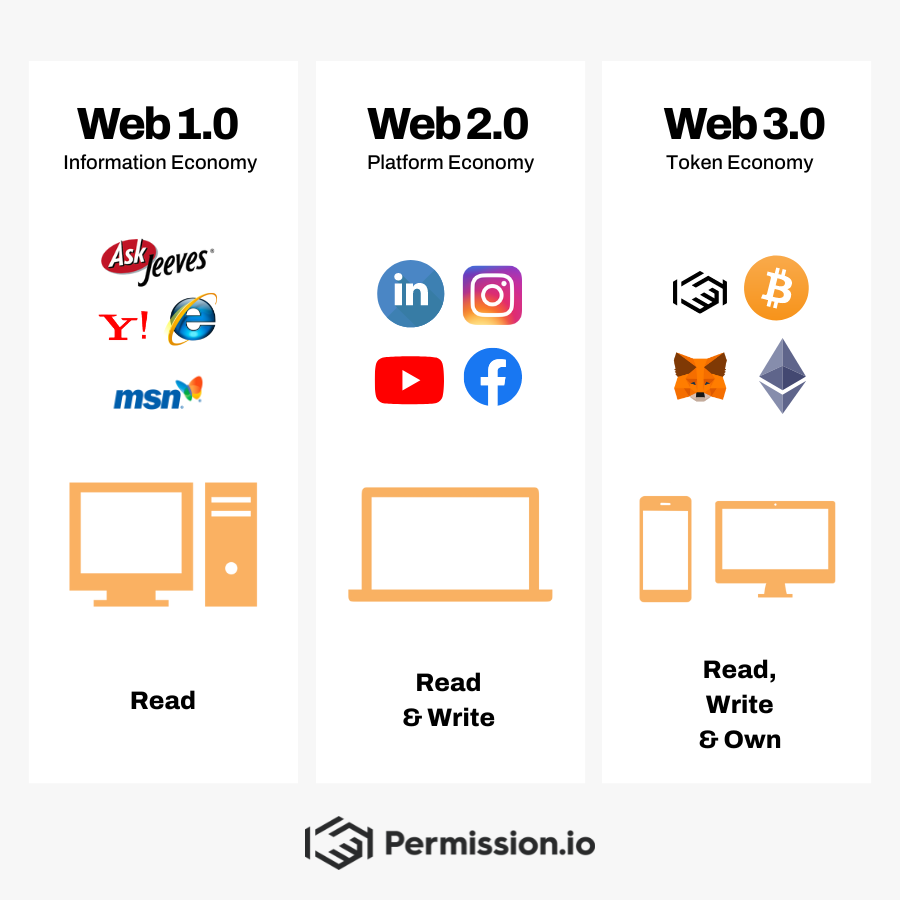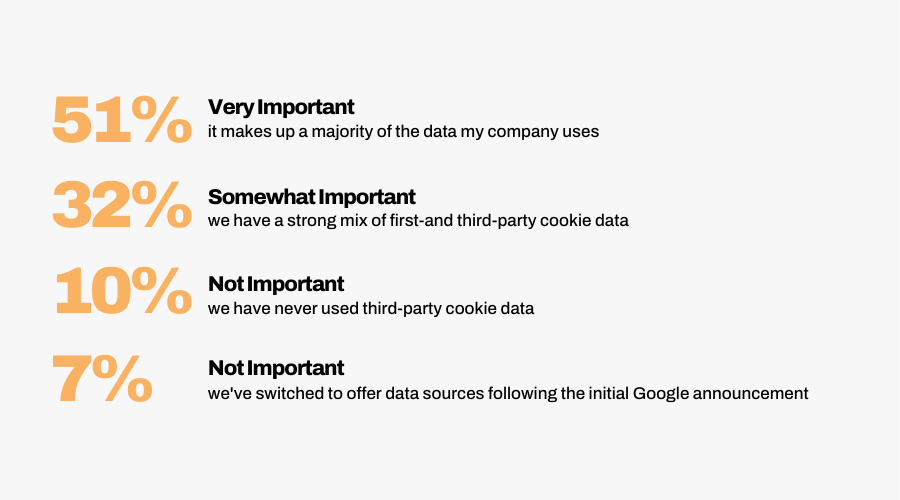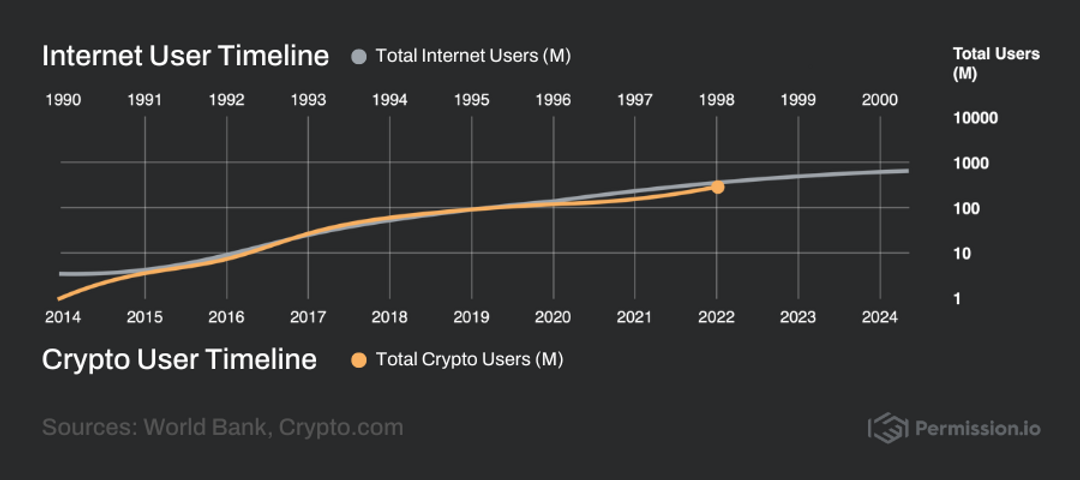If you work in marketing, chances are you use first party data every single day. Traditionally referred to as the most valuable of all data types, we use first party data to retarget consumers online, deliver specific products based on purchase behavior, and much more.
In the data economy, the smarter you are with your data, the more you will succeed. We’d also argue that the more respectful and permission-based your data collection practices are, the better experience your users will have. This positive experience turns into goodwill, which turns into loyalty and ultimately results in more sales.
Before we go into the details on first party data and how to best use it, let’s briefly cover all four major data types marketers use.
Defining the Most Commonly Used Data Types
What Is First Party Data?
First party data is any data collected by companies on their own customers.
This means any CRM data, purchase history, or demographic information you have within your system. If it was requested or collected by your company and is exclusive to your company, then it’s first party data.
Businesses collect first party data with forms, surveys, pixels, shopping records, shipping addresses, and more. This data is extremely valuable to businesses because it offers direction on how to message existing customers while giving companies a blueprint for attracting more of their best customers.
First party data is also where many privacy issues arise, with major breaches leaking sensitive information around the internet ecosystem and generally undermining the privacy of users.
What Is Second Party Data?
Second party data is any first party data sold to other companies.
If you collect data from your customers, package it up, and then sell it to another company, then that first party data becomes second party data. Conversely, if you purchase email lists, demographic information, or purchase history data directly from the company that collected that data, then you have purchased second party data.
What Is Third Party Data?
Third party data is any data that you use or buy from a company that isn’t the original collector of that data.
Third-party data is most commonly packaged into large data sets built off of first party and second-party data. It commonly includes demographic data, psychographic data, bulk email lists, and other expansive data sets.
What Is Zero-Party Data?
Zero party data is any consumer-owned data that is given up voluntarily by a consumer to a company in return for some benefit.
Meet the new kid on the block, zero-party data. This could be notification of buyer intent, shopping preferences, product feedback, identifying information, or ad preferences.
Zero-party data is the future of advertising data because users own their data in a zero-party data relationship. In first party data, companies own the data they collect.
Zero-party data is made possible through opt-ins on both sides of the advertising equation. Certain blockchain currencies require that companies pay consumers for their data. Zero-party data champions user rights while better matching users with brands, resulting in a win-win relationship that is mutually beneficial for both parties.
While zero-party data isn’t yet widely adopted, big changes are coming to the internet that will make it mainstream.
The Power of First Party Data: How Marketers Use It
Again, first party data is data you collect on behaviors and actions taken across your website, app, and/or product. This includes information in CRM profiles, your social media data, any survey responses, any email marketing data, and any other data your company has based on your users’ actions.
This is important data to advertisers and allows them to advertise with specificity and purpose. Here are a few ways you can use first party data:
1. To Build Accurate Customer Profiles
Customer-relationship-management software (CRMs) like HubSpot, ActiveCampaign, Salesforce, and others are really just software designed to utilize first party data that your company collects. FPD gives companies the opportunity to build unique customer profiles, which allows you to use product and demographic-specific messaging while keeping track of sales conversations at the same time.
2. To Segment Your Customer Base
Segmentation is an incredibly important tool marketers use to create a sense of specificity. Specificity is simply targeted actions based on what you know about a customer. This could be behavior information such as pages they have viewed on your website, demographic information like gender, age, and occupation, or any other first party data that you have collected.
Any time you differentiate one set of customers from another, you are performing segmentation. If you haven’t taken the time to create buyer personas and use those to dictate your decisions around the first party data you have, then that’s your first step.
3. To Create Personalized Retargeting Campaigns
Platforms like Facebook, Adroll, Google Ads, and Pinterest allow you to deliver ads to the same people who have interacted with your profile or site. This isn’t possible without first party data. When you install a pixel on your site and track user behavior, you are collecting first party data.
4. To Build Email Automations
Email automations are built on triggers based on buying behavior, demographics, website data, and surveys — all of which are types of first party data. Whether you’re building in ActiveCampaign, Mailchimp, Drip, or WildMail, it’s all powered by FPD.
5. To Educate Your New Advertising Efforts
Marketers also use FPD to give them insight into potential customer pools. For example, if you know through surveys and collected information that your best customers are U.S.-based, 35-44 females interested in science and politics, and your company is about to expand in the U.K., your first campaign in that market should target 35-44 females interested in science and politics.
You can structure your entire U.K. marketing campaign around these facts, and while any new market is unique and deserves to be treated as such, FPD helps marketers make more educated decisions and refine their experiments.
6. To A/B Test Your Marketing Efforts
A/B testing occurs any time you compare the results of two assets over a time-bound period. Let’s say you had a new product that allowed users to put a physical picture inside an item of their choice, and you identified two major selling points: the ability to “capture a memory” and “personalization.”
You could construct two separate landing pages, one with “Collect Your Memories” as the headline and the other with ‘The Most Unique and Personalized Gift Ever!” By using tools to collect how often users click and buy — a type of FPD — you could figure out which headline is more profitable and use that information to improve your campaign.
7. To Collect Product Feedback
Requesting product feedback and reviews is another useful type of FPD. Because you are collecting information from your consumers, any recorded feedback or reviews fall under the umbrella of first party data. Marketers and companies can use this data to redesign their existing products, develop new sales, find inspiration for additional features, and more.
8. To Sell Your FPD to Other Companies
Again, any first party data that is sold becomes second party data, and some companies make all of their money this way. Social media companies do this most famously, but anytime you’ve heard of email lists being sold or purchase behavior information being given to complementary businesses, that’s an example of second party data.
And so much more…
First party data is a broad umbrella under which most major marketing ideas, functions, and best practices come from. It’s the first type of data most companies use, and it is often the most valuable, although zero-party data is set to become the next star-child.
5 Common Ways Businesses Collect First Party-Data
If you’re a business operating in any capacity, you’ve already collected some types of first party data — at the very least, the data collected when you make a sale. Here are a few of the most common ways businesses collect FPD:
1. Pixels
Pixels, or site tags, are bits of code that are dropped into the header of your website pages. Every time a user loads a particular page, there’s a bit of communication that happens between that code and whatever service the pixel or tag belongs to. This communication sends anonymous information about the user, including demographic information, the actions they took on the page, and more.
Pixels are most famously associated with Facebook and Google Ads, and they are essential to any business marketing themselves online. You can figure out how to get and install your Facebook pixel here, and you can learn more about Google remarketing tags here.
2. Email Captures
There are countless ways to collect email addresses, but the most common include:
- Putting an email sign-up on key website pages like your homepage.
- Collecting them in person.
- Collecting them during an eCommerce or in-person checkout.
- Collecting them as part of a rewards program.
- Collecting them in return for a PDF or other type of free information.
All major website platforms support email captures and integrate with other major email service providers. Email service providers are the companies that act as a database for your emails and allow you to contact people through them. Major ESPs include:
- Gmail
- Outlook
- HubSpot
- ActiveCampaign
- Drip
- MailChimp
Your choice will depend on your needs, although we are partial toward Gmail for personal use and ActiveCampaign and Drip for businesses.
3. Point-of-Sale Systems (POS)
Your POS is what gives you the ability to accept payments. It is most often used in reference to the software that powers your terminal, although most POS systems include and communicate with an online payment gateway as well.
Each time a card is swiped, information about that customer is collected. Some of this information, like purchase amount, product purchased, etc. happens automatically, and other information like email addresses, preferences, etc. are collected voluntarily when requested by the business to the customer.
The best POS systems tie directly into your CRM, allowing you to use that data to educate your marketing decisions. For example, let’s say you have a product that expires every three months. You could export all of the customer email addresses who purchased three months ago, tag those addresses in your CRM or ESP, and send a targeted email to those customers with a discount because you know it’s around the time they should be purchasing again.
4. Customer Relationship Management Systems (CRM)
CRMs come in all types and variations, but they are fundamentally a way for you to centralize all the information you need to contact and interact with prospects and customers. CRMs usually include a combination of email sending and creation tools, SMS messaging tools, landing page tools, customer profile information, and email automation capabilities.
5. Manual Input via Call Centers and Employees
While first party data is much more efficient and effective when collected automatically, there is plenty of reason and opportunity to collect FPD when your team is working with your customers. Manual collection of FPD includes collecting email addresses at trade shows and writing down data from inbound sales calls.
Companies are always in pursuit of more FPD, and the best system for your company will inevitably change over time — look at data collection as a consistent effort. The cleaner, more refined, and more actionable your FPD, the better you will be to use it.
First Party Data: No Longer the Best for Marketers or Consumers
Here’s the issue. First party data is clearly one of the best tools marketers and companies have to grow their businesses, but it is a world away from perfect. For starters, users don’t own their data, meaning their personal information is constantly exploited by data-driven companies, and companies are stuck with patchwork data that doesn’t always integrate.
The solution? Give users back ownership of their data and use blockchain technology to pay users to interact with advertisers. This new model is a win-win for both users and advertisers because users have incentives to choose brands that they are genuinely interested in and advertisers eliminate ad spend and build loyalty and trust.
This gets to the heart of zero-party data — by creating an infrastructure that allows for opt-in ads to occur at scale, advertisers will have more complete, more active pools of users to engage. It eliminates so many of the headaches of targeting while giving users back control of their data that is currently harvested without their consent from internet barons like Google, Facebook, and Amazon.
Think it sounds too good to be true?
See how Permission is building that world right now.


%20(1).png)






